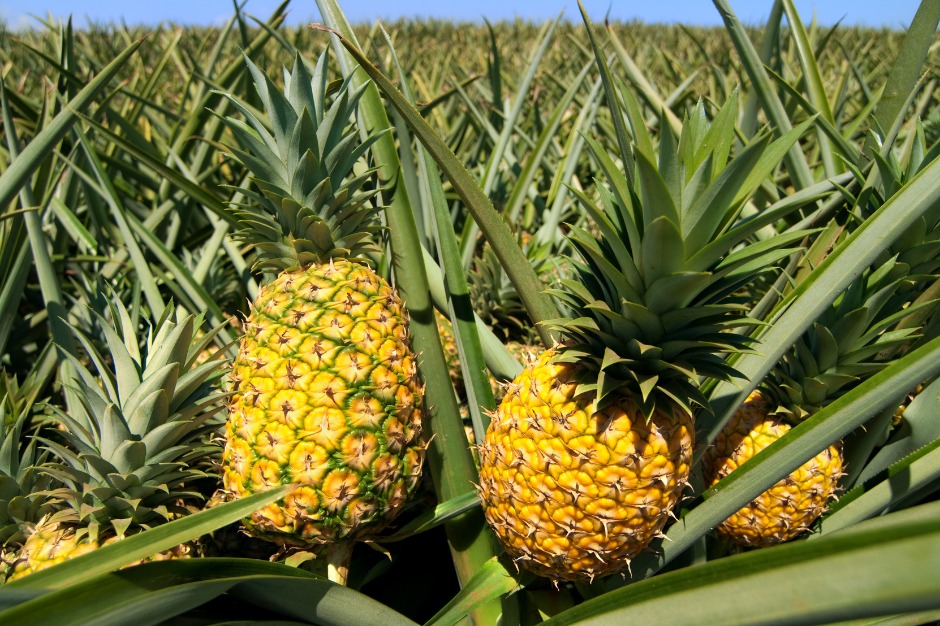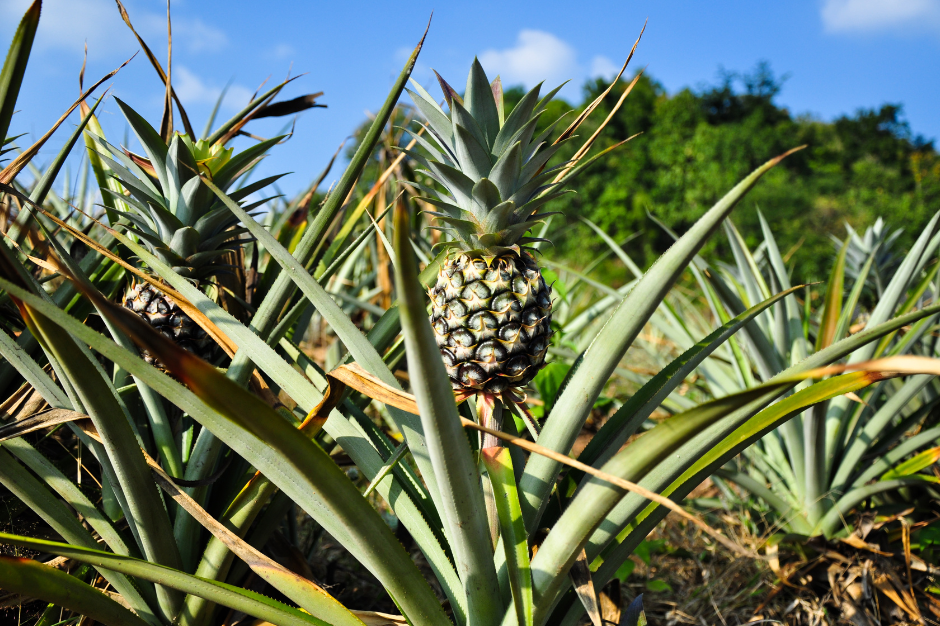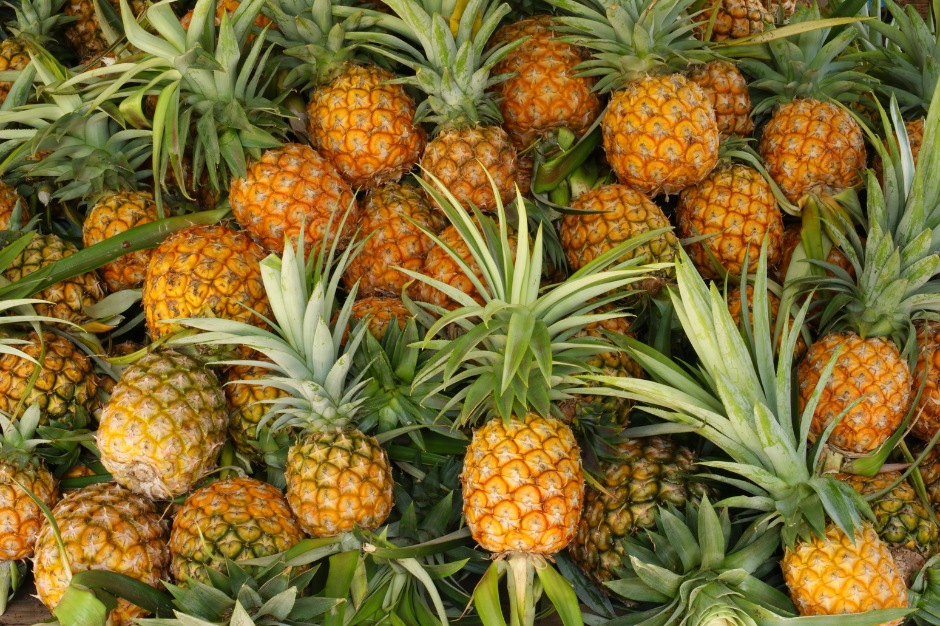Bromelain is a complex mixture of substances that can be extracted from the stem and core fruit of the pineapple.
Among dozens of components known to exist in this crude extract, the best studied components are a group of protein-digesting enzymes (called cysteine proteinases). Originally, researchers believed that these enzymes provided the key health benefits found in bromelain, a popular dietary supplement containing these pineapple extracts.
In addition, researchers believed that these benefits were primarily limited to help with digestion in the intestinal tract. However, further studies have shown that bromelain has a wide variety of health benefits and that many of these benefits may not be related to the different enzymes found in this extract.
Excessive inflammation, excessive coagulation of the blood and certain types of tumor growth may all be reduced by therapeutic doses of bromelain when taken as a dietary supplement.
Studies are not available, however, to show these same potential benefits in relationship to normal intake of pineapple within a normal meal plan.




